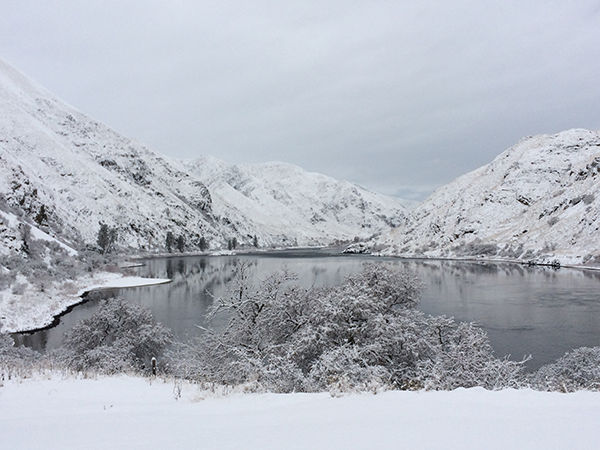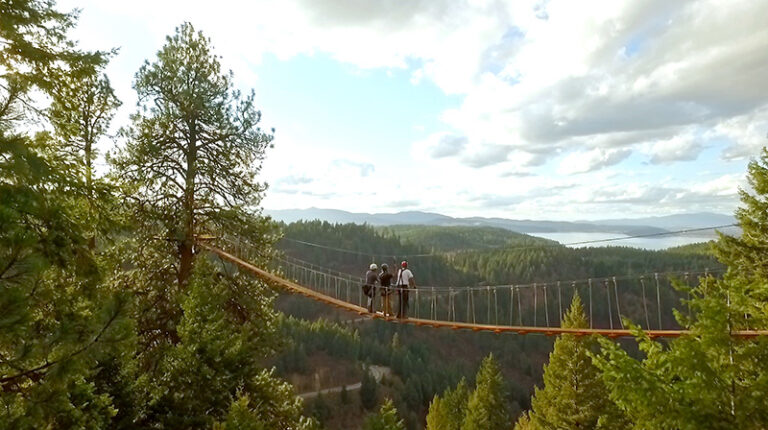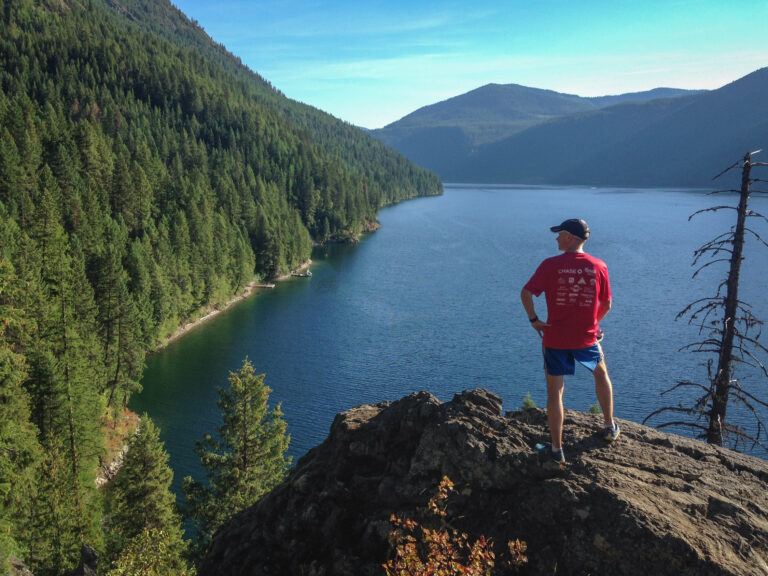Cover photo courtesy Bea Lackaff
The US Forest Service is facing a budget-limited future in the upcoming year now that supplemental funding provided via the Inflation Reeducation Act and Bipartisan Infrastructure Law is ending. The result is a hiring freeze in effect for all seasonal employees within the Forest Service for fiscal year 2025, which starts Oct. 1. This will have an outsized impact on winter recreation in western states. The agency operates 14 Avalanche Centers across the West, and many avalanche forecasters are seasonal employees. These centers are critical to public safety, and without full staff they will not be able to provide the same level of service. “We can’t get the same amount of work done with fewer employees,” said USFS Chief Randy Moore in a recent article on Winterwildlands.org.
Fewer staff to provide as many field observations, snowpack assessments, and daily forecasts means less information that is crucial for backcountry skiers, snowboarders, and snowmobilers to make safe decisions. In some areas, partner organizations like the Teton Backcountry Alliance are working to help fill the gap, but many positions in places like Bridger-Teton National Forest and Inyo National Forest will go unfilled.

Idaho Panhandle Avalanche Center (IPAC) in Ponderay, Idaho, is operated by the USFS and offers avalanche safety courses in Idaho and eastern Washington. Director Christopher Bilbrey said IPAC staffing has been structured such that they rely more on full-time staff than seasonal employees. He feels lucky: IPAC operates as a partnership between the USFS and the non-profit Friends of the IPAC. “The Friends strong and continued operational support funds one part-time forecaster, and two part-time field technicians [who are] sheltered from the current USFS budget-staffing issues,” says Bilbrey.
“While IPAC may not be feeling the direct effects now,” continued Bilbrey, “this will likely impact the program’s ability to increase staffing to meet the growing needs of more forecast days across North Idaho and western Montana — where backcountry use has seen a big increase over the last five to 10 years, including consistent fatalities.”
Seasonal employees are vital to USFS operations in their roles as avalanche forecasters, trail crews, science researchers, backcountry rangers (for snow, rivers, climbing, etc.), and firefighters. Although firefighters are not included in the hiring freeze, the predicted cost of fire prevention and suppression has spiked dramatically in the last year. Add this to existing budget cuts and the overall effect on winter Forest Service operations becomes even more grim. The public can help by asking their representatives and the Forest Service to exempt avalanche foresters from the FY25 hiring restrictions, especially for positions in the areas of health and safety where partner funding is available. Winter recreationists can also make sure they are well educated on avalanche safety if they plan on heading into the backcountry.
The American Institute for Avalanche Research and Education (AIARE) is the standard for avalanche training. In the Spokane area, AIARE courses are offered through IPAC. They offer Level 1 and Level 2 recreation level classes, both motorized and non-motorized options, and rescue and skills level courses. Visit www.idahopanhandleavalanche.org to register. For trainings in the Cascades, check out The Mountaineers course offerings at www.mountaineers.org. Schweitzer also offers Transceiver Sundays where you can get hands-on practice with your personal transceiver at the beacon park with a lift ticket (www.schweitzer.com).













